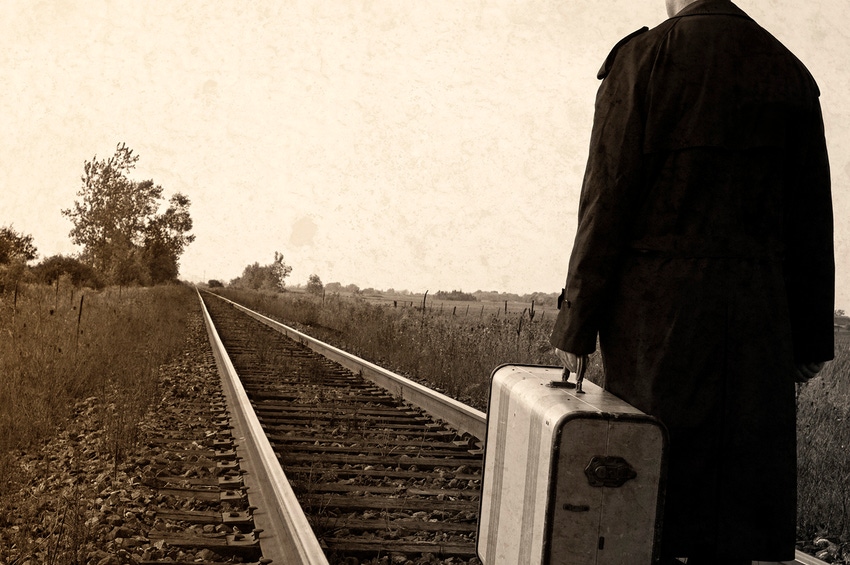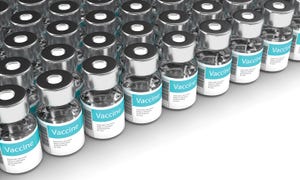Thankful for the hands that feed us today and yesterday
We may live in a different time now, but at the end of the day it’s still about trying to put food on the table, clothes on our backs and a roof over our heads.

Is anyone else in turkey detox and ready to get back to some fine pork products? I know I am.
All kidding aside, besides filling up on another source of protein, the holiday is always a great time to reflect on what we are grateful this season. A quick glance around the table always brings us into the present, saying thanks for our family and friends gathered, the bountiful feast before us, our health and the roof over our heads. But this Thanksgiving I found myself thankful for those who went before us and did so much to get us where we are today.
With the devastating wildfires raging across California, I couldn’t help but think about how my family once called the state home. During the Dust Bowl, my mother’s family was forced to leave the farm in South Dakota and move to California where my grandfather worked any job he could find — from picking in the fields of the Imperial Valley and working in a greenhouse to making felt hats and becoming a fireman at Camp Pendleton during World War II.
My mom recently shared with me a Toastmaster’s speech my grandfather had once given about the situation and the decision to leave. It’s almost hard to fathom.
“In the spring of 1933, we moved on a farm 10 miles northwest of Faulkton. My equipment and stock consisted of six head of horses, three milk cows, three sows and 20 chickens. My dad was changing over to tractor equipment, so he let me have his old horse machinery.
“Our crop that year was poor. Wheat about five bushel, barley 10 to 15, oats about the same, corn was fair on the low ground.”
By 1934, the narrative starts to get worse.
“We were short on feed. My horses got thin, when plowing for corn, so I would work them a half day at a time. That was about all they could stand. We didn’t get hardly any rain that year. We had several dust storms. The crop was a failure, but we did get a good crop of Russian thistles. We dug a pit silo that fall and filled it with all we had beside an old straw pile.
“The government started to make feed loans that winter, we could get about 200 pounds of oat or corn a week. That did help us get through the winter. There wasn’t a market for feeder pigs or calves, so the government bought them $1 for pigs and $15 for calves. They buried the calves near the Burkmere stockyards. I got a job in the Public Works Administration that winter, hauling gravel and was glad to get it as we were practically living on hope.”
In 1935, the family’s crop was coming along well, until the hot winds came.
“The small grain was headed out and turned white. I remembered the barley weight, 20 pounds, was worth 0.06 cents a bushel. But we did have feed, a good hay crop.”
The next year my grandfather moved the family to another farm two miles southeast of town, took out a seed loan and put in a crop again.
“It came up pretty good. Then in May and June it dried out. The dirt blew and drifted, completely covering some fence lines. Grasshoppers came in great clouds. You could look up at the sun and see millions of them. The temperature was very hot, and the hoppers would get on the shady side of buildings, fence posts and telephone poles. They were so thick you could not put your finger between them. The roads even got slippery from driving over them.”
That fall, the family decided they had enough, sold out and moved to California. They eventually moved back to South Dakota and started farming again, but that story of trying to get through the “Dirty Thirties” has stayed with me.
After all I often see that same type of resiliency across the swine industry. While tariffs, trade and the risk of foreign animal diseases such as African swine fever may be weighing heavy on producers’ shoulders, the industry has stepped up to challenges and said how can we do better? What other export markets should we focus on? How can we get different cuts into the Food Purchase and Distribution Program? How can we better educate consumers about best practices for cooking pork? What additional biosecurity steps should we implement on the farm, in the mill and at our borders?
We may live in a different time now, but at the end of the day it’s still about trying to put food on the table, clothes on our backs and a roof over our heads. I’m not only thankful for the farmers and producers who feed us today, but for those who have been feeding us throughout our lifetime. I’m thankful for their resiliency.
About the Author(s)
You May Also Like





